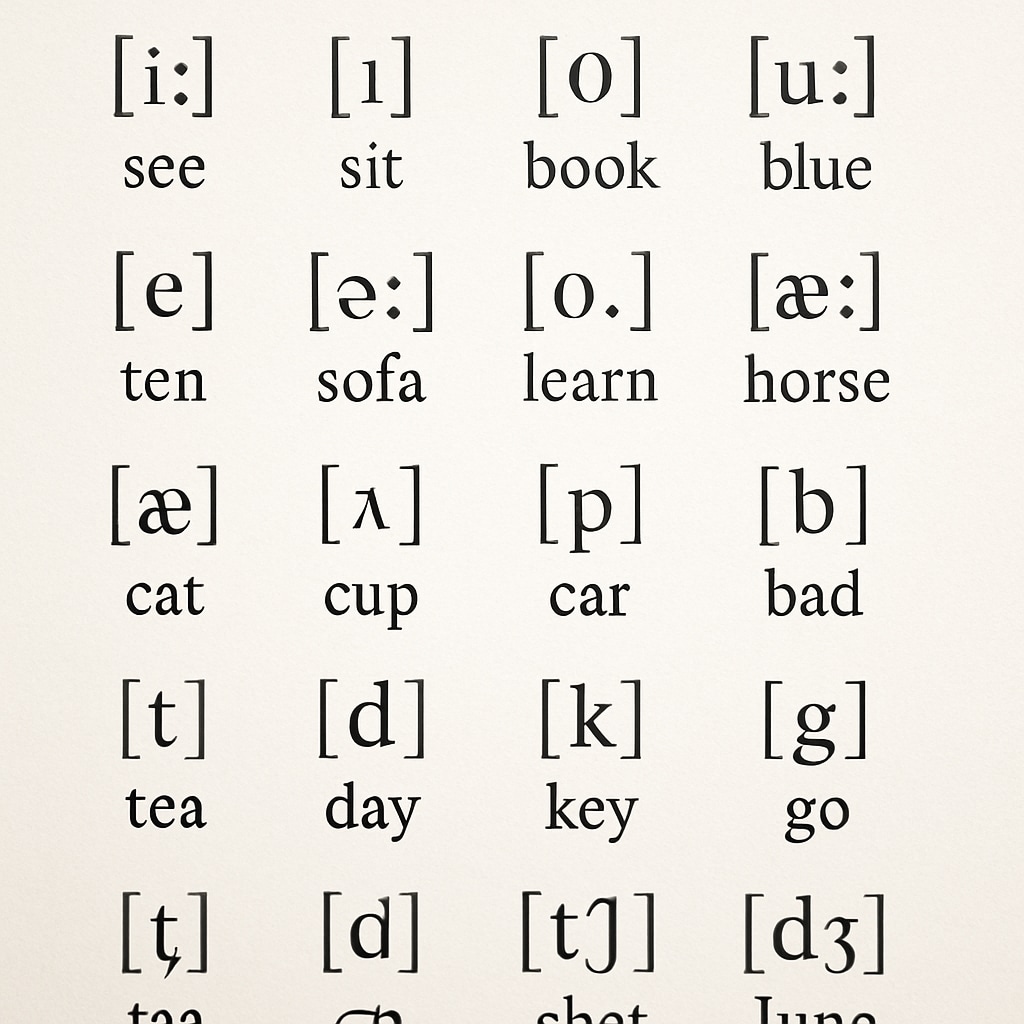The Initial Teaching Alphabet (ITA) was introduced in the 1960s and 70s as an experimental education method. Designed to help children quickly learn to read, this phonetic alphabet promised faster literacy acquisition. However, while it succeeded in its short-term goals, the ITA has been linked to long-term spelling difficulties and raised questions about the unintended consequences of innovative teaching methods. This article delves into the history of ITA, its benefits, and how it inadvertently impacted spelling proficiency over decades.
The Origins and Purpose of the Initial Teaching Alphabet
The Initial Teaching Alphabet, developed by Sir James Pitman, was intended to simplify the process of learning to read. The system replaced the traditional English alphabet with 44 phonetic symbols, each representing a distinct sound. This approach aimed to eliminate the complexities of English spelling, which often confuses learners due to silent letters, inconsistent rules, and homophones.
Advocates of ITA believed that by focusing on phonetics, children could grasp reading more quickly, laying a strong foundation for literacy. Indeed, studies from the 1970s showed that children taught using ITA often outperformed their peers in initial reading tests. However, this early success came at a cost: the transition back to the standard English alphabet proved challenging for many students.

Unintended Consequences: Spelling Proficiency Challenges
While the ITA method helped children decode words more easily, it inadvertently disrupted their ability to master standard spelling. The phonetic system encouraged learners to rely on sound-based spelling, which clashed with the irregularities of conventional English. For example, a student accustomed to spelling “enough” as “enuf” in ITA might struggle to adopt the correct version later.
As a result, many ITA students carried these habits into adulthood, leading to persistent spelling errors. This issue was particularly evident in individuals who used ITA for an extended period before transitioning to traditional English. The longer the exposure to ITA, the harder it became to “unlearn” its phonetic framework.
Moreover, the ITA experiment highlighted the importance of addressing the long-term effects of educational innovations. While the method aimed to make learning accessible, it arguably overlooked the complexities of integrating early literacy gains with future language development.

Lessons Learned from the ITA Experiment
The ITA experiment provides valuable insights for educators and policymakers. It underscores the need to balance short-term educational gains with long-term outcomes. Below are some key takeaways:
- Comprehensive Evaluation: New teaching methods should undergo thorough testing to assess both immediate and lasting effects on learners.
- Transition Strategies: When introducing innovative tools, a clear plan for transitioning back to standard practices is essential.
- Flexibility in Education: What works for one group of students may not suit others, highlighting the need for adaptable approaches.
In addition, the ITA serves as a cautionary tale about the complexities of the English language. While phonetic systems like ITA simplify initial learning, they may not adequately prepare students for real-world applications, where irregular spellings are commonplace.
Modern Implications for Teaching Methods
Educational research has advanced significantly since the ITA era, but its lessons remain relevant. Modern teaching methods, such as phonics-based instruction, continue to grapple with balancing simplicity and comprehensiveness. For example, synthetic phonics, which emphasizes blending sounds to read words, has gained popularity. However, like ITA, it must be integrated carefully into broader literacy programs to avoid similar pitfalls.
Furthermore, technology-driven education tools, such as spelling apps and interactive games, offer opportunities to address some of the challenges posed by ITA. These tools can help reinforce standard spelling rules while maintaining the benefits of phonetic learning. However, their success depends on thoughtful implementation and ongoing evaluation.
As educators continue to explore innovative approaches, the ITA experiment serves as a reminder to consider the broader implications of teaching methods. By learning from the past, we can create systems that support both immediate learning and long-term success.
Conclusion: The Initial Teaching Alphabet was a bold experiment with significant lessons for education. While it succeeded in accelerating early literacy, its lasting impact on spelling proficiency highlights the need for a holistic approach to teaching. As we look to the future, striking the right balance between innovation and practicality will be key to fostering lifelong learning.


